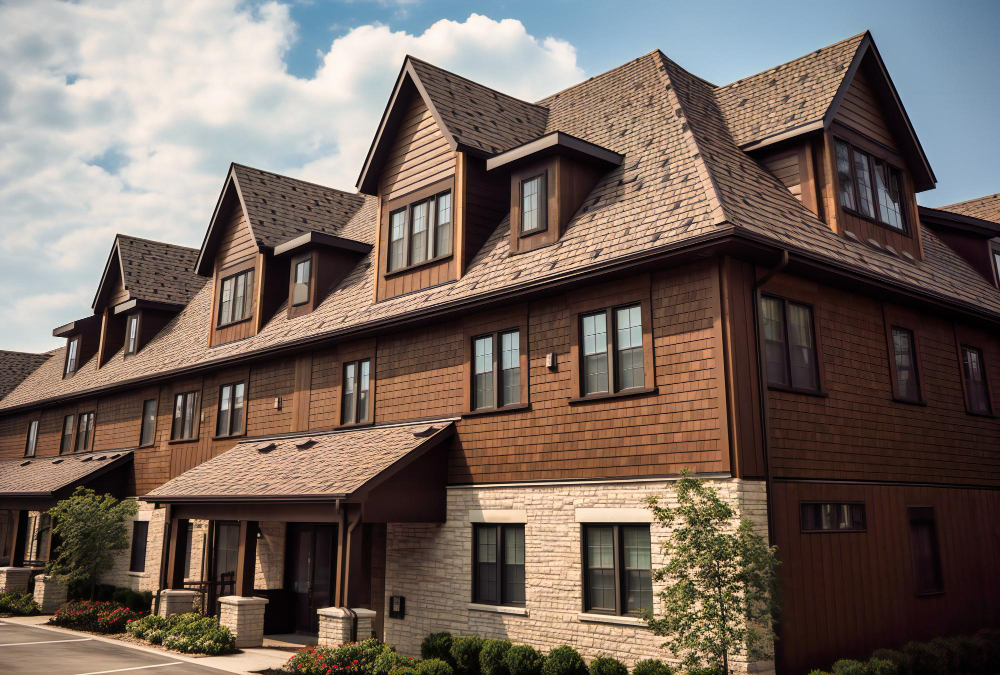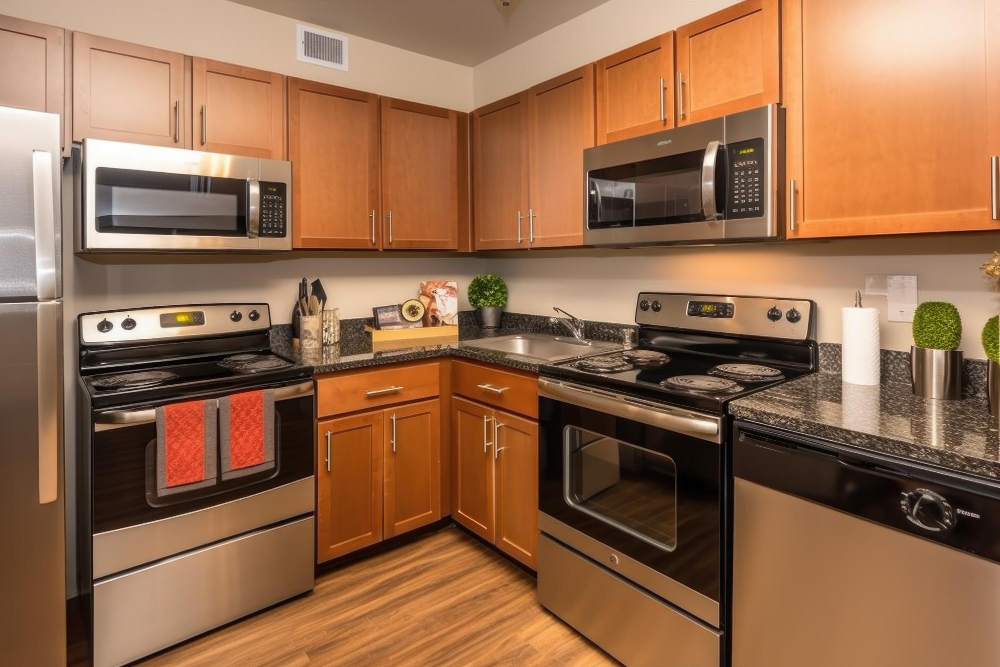Last updated on
As the world becomes increasingly aware of the impact of human activity on the environment, many individuals are looking for ways to incorporate eco-friendly practices into their daily lives. One area that has gained significant attention is making environmentally conscious changes within our homes.
In this blog post, we will explore 6 eco-friendly home upgrades that can make a difference in our everyday lives and our planet. From simple swaps to more significant renovations, these updates will leave you feeling good about your contribution towards a greener and healthier planet.
Roofing Materials

If you’re looking to replace your roof, consider eco-friendly materials. Recycled metal, clay tiles, and wood shingles are all great options that are better for the environment than traditional materials.
Plus, they all have a longer lifespan and require less maintenance. To make the switch, entrust the job to a roofing firm in Ohio, or anywhere else, that specializes in eco-friendly materials.
Knowing that the state is known for its unpredictable weather, they will ensure your new roof is durable and long-lasting. At the end of the day, the benefits that come with this change will be visible in your energy bills and the overall look of your home.
Solar Panel Installation
Solar panel installation is a game-changing upgrade for any homeowner looking to reduce their carbon footprint and save on energy. The initial costs may seem high, but the long-term benefits of generating your own electricity through the power of the sun make it a worthy investment.
Imagine being able to power your home with clean energy, keeping your utility bills low, and reducing your dependence on non-renewable resources. And thanks to advances in technology, solar panels are now more accessible and efficient than ever before.
Energy Efficient Appliances

If you’re looking for a simple way to lower your energy consumption and save money on your utility bills, consider switching out your older appliances for energy-efficient ones. Energy-star-rated appliances have been designed to consume less power while still maintaining their efficient functionality.
Once you adopt these appliances into your home, you’ll see a significant decrease in your energy bills. And with an average lifespan of 10-20 years, you’ll be saving the environment and your wallet for years to come.
Water-saving Fixtures
There’s no other way to say it: water-saving fixtures are a smart addition to any home. By installing low-flow showerheads, faucets, and toilets, you can significantly decrease your water usage without sacrificing comfort or performance. These fixtures use less water per minute, which is sure to save valuable resources and reduce your monthly water bill.
With a wide variety of options available, it’s easy to find water-saving fixtures that fit your style and budget. But the benefits don’t end here. When you use less water, you’ll also be contributing to the conservation of this precious resource.
LED Lighting
LED lights have become increasingly popular in recent years, and for good reason. Besides consuming significantly less energy than traditional incandescent bulbs, but they also last much longer. LED lights are known to use up to 80% less energy and have a lifespan of up to 25 times longer compared to incandescent bulbs.
LED lights are also incredibly versatile, coming in various shapes, sizes, and colors to fit any lighting needs in your home. And with the ability to connect them to smart systems, you can easily control their usage and save even more energy.
Insulation
Last but certainly not least, proper insulation is a must for an eco-friendly home. Insulation regulates the temperature in your home, keeping it warm in winter and cool in summer without overworking your heating or cooling systems.
This translates to significant energy savings and a reduced carbon footprint. There are various eco-friendly insulation options available, including the following:
- Cellulose insulation made from recycled newspapers: This type of insulation is not only environmentally friendly but also highly effective in regulating temperature and reducing noise.
- Wool insulation: Made from sheep’s wool, this insulation is sustainable, renewable, and biodegradable.
- Recycled denim insulation: Another eco-friendly option made from recycled cotton fibers that provide excellent thermal and acoustic properties.
- Spray foam insulation: Made from renewable materials such as soy, this type of insulation is non-toxic and highly effective at reducing energy consumption.
- Natural fiber insulation: Made from materials like hemp, cotton, and flax, these types of insulation are sustainable and do not emit harmful gasses.
Making the switch to eco-friendly insulation is a simple yet impactful upgrade that can make your home more comfortable while reducing your energy usage.
Each of these eco-friendly home upgrades offers its own unique set of benefits, from lowered energy consumption to healthier living environments. While the upfront cost may be higher than their traditional counterparts, the long-term savings and positive environmental impact far outweigh the initial investment.
Every step, no matter how small, contributes significantly to the creation of a greener and more sustainable future. Embrace these eco-friendly upgrades and join the global movement towards environmental responsibility.
Table of Contents




